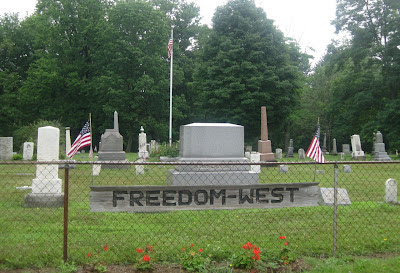Tom Jones has a way of making even the most academic subjects seem riveting, and Documentation was no exception. After clarifying that a footnote is not the same thing as a citation, he demonstrated how to craft a footnote containing multiple citations. It makes perfect sense when he explains it. How he can get a roomful of genealogists laughing over footnote placement either shows his extreme good humor or our extreme geekiness, or both.
Claire Bettag had us on the edge of our seats, listening and watching and writing and thinking just as fast as we could through three amazing presentations. I’ll tell you, she knows the National Archives inside and out, and makes no bones about the amazing treasures to be found there—if you know how to find them. She’s a dynamo of information. We learned that to find the free, downloadable Descriptive Pamphlets (DPs) that will help us locate items of interest at NARA, we should click on “Order Online,” then “Buy Reproductions and Microfilm,” and finally “View Publication Details.” Nowhere are the words Descriptive Pamphlets mentioned (yes, that’s our tax dollars at work).
Her discussion on Government Documents took us behind the scenes to see how congressional records since the first U.S. Congress in 1789 have been preserved and organized—and how they might help us find rich information about individual ancestors. A homework assignment gave us the chance to follow a bill granting compensation to an individual through the various legislative processes (I’m happy to report I tracked it all the way through).
 |
| Claire Bettag and Elissa Scalise Powell |
In her lecture on Federal Land Records, we learned that some of the cash entry files on the Bureau of Land Management’s General Land Office website are potential genealogical goldmines. Post-1840 cash files might actually be Preemptions, and 1862 and later cash files may be Homesteads, both of which are usually loaded with personal and family information. But there’s no way to tell that from the BLM website, so you just have to order the file and keep your fingers crossed.
Rick Sayre led us through Military and Pension Record Strategies with a discussion of resources and search techniques. He stressed we need to understand America’s wars, the records they generated, and the laws governing military benefits in order to study our veterans and their families. I appreciated his explanation and case study of how to process a Civil War pension file. Now to apply that to the three pension files I have waiting at home.
He also talked to us about Rural and Urban Map Strategies. This is an area where the Library of Congress Maps and Geography web pages really shine. It’s amazing to see the amount of detail some of these maps offer. Of course, that’s only one of many helpful websites for obtaining historical maps.
Tom Jones reclaimed the podium to discuss Census and Name-List Strategies. He pointed out that it was more common for families to be listed twice than to not be listed at all in a census. If a family isn’t found in an index, that usually indicates we need to broaden our search, or browse the census page by page—a good strategy in any case.
Finally, his Tax-Roll Strategies left us all fantasizing about the breakthroughs we might make if we successfully correlate and compare the tax lists from every year, without skipping the one that might reveal a key relationship. And did you know that Darby is the Irish name for Jeremiah?
Whew! I’m beat. If you’d like to read more about what our class has been up to, I highly recommend the posts from some of my talented classmates:
Chris Staats at Staat’s Place
Becky Wiseman at Kinexxions
Cathi Becker Wiest Desmarais at Stone House Historical Research
But first, wish me luck with my homework!
Related Posts:
















